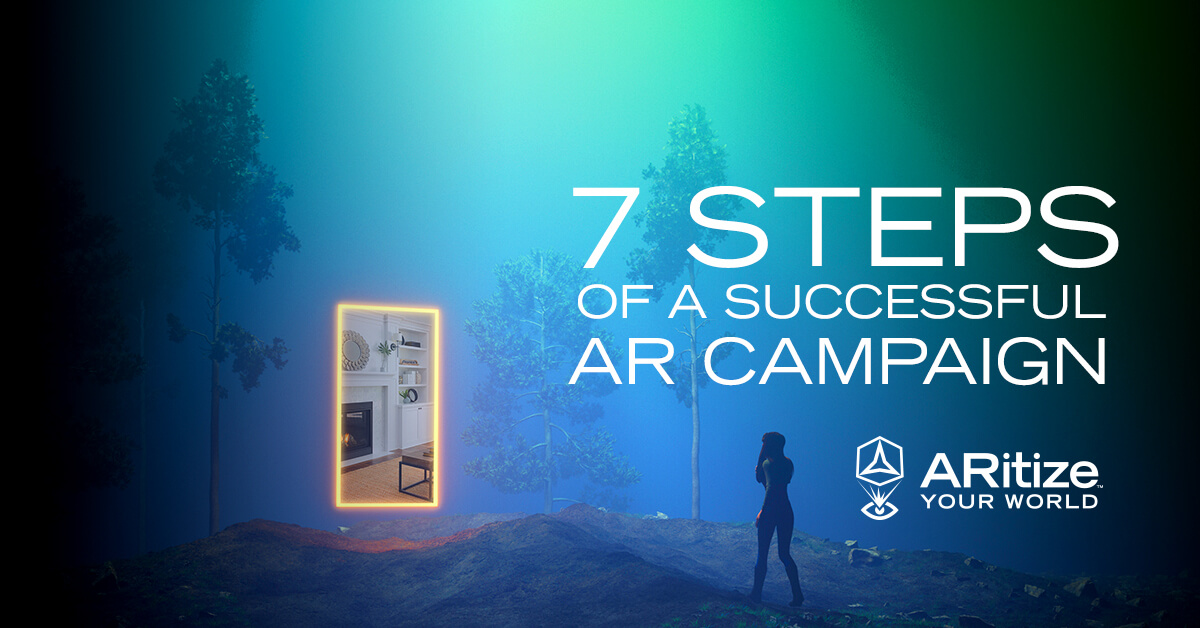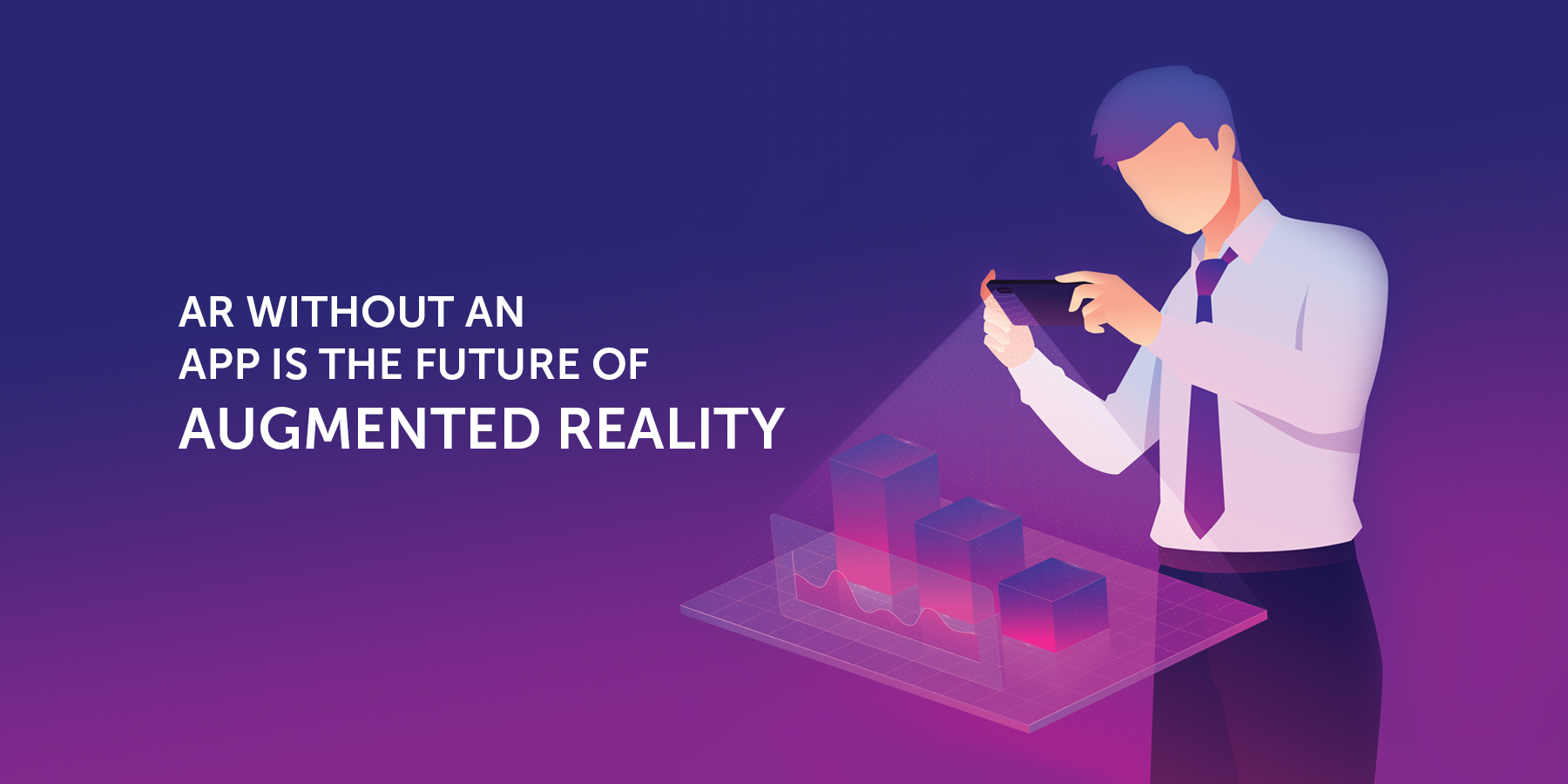Over the last decade, augmented reality (AR) has grown from
a relatively niche form of technology
used only by companies in equally niche industries to the darling of household
names like Nike, Adidas, L’Oreal, MTV, Patron Tequila, and the New York Times,
among many, many others.
Of course, your company may be putting off the next step in
their marketing evolution because the technology
seems complicated.
That’s understandable.
Fortunately, launching a successful augmented reality
campaign is probably much easier than you think.
7 Steps to a Successful Augmented Reality Experience
Although the final outcome for an augmented reality campaign will be as unique as your company’s goals, there are still seven steps every business should take in order to successfully hit their target with an exciting experience.
1. Flow
The first step to success
with augmented reality is to get the “flow” right. To put it simply, this
refers to every action the user will need to take to get from the beginning to
the end of the experience.
This seemingly simple concept could entail any of the
following:
- Branding
- Customer Expectations
- Enhanced Situations
- Physical Environments
- Places
- Tasks
It may help to think of the flow as a type of abbreviated customer
journey that is contained within the entire augmented reality experience.
What needs to happen in order for your customer to have the
desired experience starting from the moment they begin interacting with the
technology?
2. Intro
Per the name, this step is where customers get introduced to
your AR experience’s flow.
Like any good story, an augmented reality campaign needs a
beginning, an Act I, where the audience (your user) is introduced to this new
world.
With AR, it’s important that this transition is smooth and
deliberate. Video games actually provide
a fairly helpful template for this step because, in order to play the game,
players first need to understand the rules and controls. The same is true for
AR. Before your customer can enjoy it, they need to know how.
An effective AR experience must also make a good first
impression. From the very beginning, people should be excited about what comes
next.
3. Genre
The purpose of your augmented reality campaign will define
its genre. Are you hoping to:
- Educate?
- Entertain?
- Create?
A combination of the three? Something else?
An example of crossing genres might be L’Oreal’s
Modiface, which allows users to see what they would look like with the
famous cosmetic company’s products applied.
Is it entertaining?
Definitely.
But it also helps educate
prospective customers about the products L’Oreal has to offer, making for a
much easier buying decision.
Whatever the case, just like in books, movies, and video games, each genre will come with its own
expectations.
If you want to educate, you’ll need to provide customers
with information throughout the campaign.
If you want to entertain, it’s more important that your
experience plays with expectations and includes a playful interface.
Still, there is also plenty of room for creativity with your
genres, too.
4. Plot
For an augmented reality campaign, the plot is all about how
a customer can be led to make a purchase.
Just like any good plot, it will unfold over time, whether over
2 minutes or 20.
Keep in mind that the entire
plot – or the flow, for that matter – doesn’t need to happen exclusively withinaugmented reality.
Adidas’
recent AR campaign was a huge success and a good example of this. Customers
used their phones to reach milestones in physical space before being introduced
to the augmented reality experience Adidas had created for them (“interacting”
with the shoes they wanted).
5. Vignette
The vignette of your augmented
reality strategy establishes its mood and will affect the entire flow, from
beginning to end. Your campaign’s vignette could be fun, but it could also be
straightforward and to-the-point. It depends on what your customers want from
their experience.
Vignettes also decide if that experience will be active or
passive. The former means they’ll engage with the reality, whereas a passive
experience is one where they simply watch what unfolds.
6. Outro
Once your customer has successfully gone through your
company’s augmented reality campaign, it’s time to return them to the real
world. Just as with the intro, this exit from AR should be equally seamless and
smooth.
If there are other steps (literally or figuratively) you
want your customer to take afterward, now’s the time to tell them. For example,
in the aforementioned Adidas campaign, the company’s AR app told customers
where they needed to go to pick up the shoes they had just ordered.
7. User-Acceptance Testing
Finally, no AR campaign should be launched without
sufficient user
acceptance testing (UAT) first. This process will check for any problems
that need to be corrected before customers are given access to the campaign.
User Acceptance Testing (UAT) means testing your augmented experience
by the user/client to determine whether it can be accepted or not. Better to
catch them now than to learn about them after the campaign has gone live – a
costly predicament.
This means having developers and functional testers validate the software being used against the functional expectations of the AR experience.
Business requirements need to be tested, as well. The importance of testing the experience and campaign with potential end users can not be stressed enough. An AR campaign could perfectly meet the functional expectations desired but completely miss the business requirements and processes the end users wanted.
Whenever possible, this last step takes place in a
conference room where everyone involved – project managers, marketing team
representatives, users, developers, etc. – sits together for a day or two and
walks through the entire campaign.
An Even Easier Path to Augmented
Reality
Hopefully, augmented
reality now seems a lot more approachable. Your company could be just seven
steps away from leveraging this powerful technology to market, engage, and sell
your audience.
Of course, if you’d like help, NexTech AR Solutions can
handle the entire process on your
behalf. Our team has decades of combined experience working with this exciting
technology for companies across a number of different industries.
Whether you’re ready to launch an AR campaign or simply need information about providing the best AR solution for your company, just contact us today and we’ll be here to guide you.







